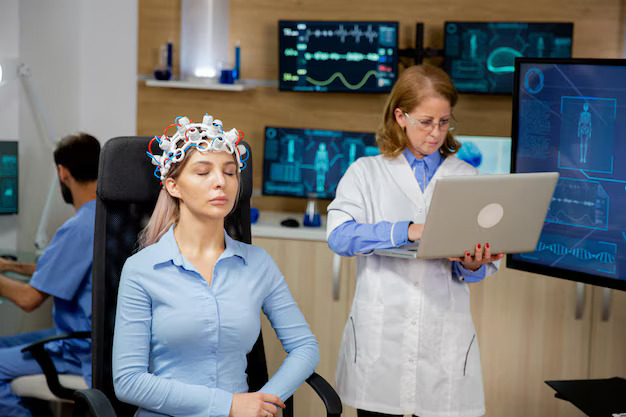Generative AI in K-12 Education: Transforming Learning Through Innovation
Generative AI is transforming K-12 learning through personalization, efficiency, and innovation.
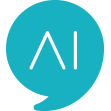

The educational landscape is undergoing a seismic shift. As Generative AI technologies mature and Large Language Models become increasingly sophisticated, K-12 schools are reimagining what's possible in teaching and learning. From personalized instruction to enhanced parent engagement, AI in Education is no longer a futuristic concept—it's reshaping classrooms today.
The Impact of Generative AI and RAG on Personalized Learning. Read more here!

The AI Revolution in K-12 Settings
Generative AI refers to artificial intelligence systems capable of creating new content—text, images, lesson plans, and educational materials—based on patterns learned from vast datasets. Unlike earlier AI applications that simply analyzed data or made predictions, Large Language Models like ChatGPT, Google's Bard, and specialized educational platforms can engage in human-like conversations, generate customized learning materials, and adapt to individual student needs.
A recent report found that 92% of educational AI implementations involved content creation or lesson adaptation, highlighting the strength of generative systems in transforming classroom resources.
The numbers tell a compelling story. The global education technology market reached USD 142.37 billion in 2023 and is projected to grow at a compound annual growth rate of 13.4% through 2030. Within this expansion, Generative AI stands out as a transformative force, with educators increasingly recognizing its potential to address longstanding challenges in K-12 Education.
Current Adoption: Where Schools Stand
Recent research reveals that half of all teachers now use Generative AI-powered tools at least weekly for tasks including grading, lesson planning, and creating assessments. More impressively, 77% of educators believe AI is helpful in their practice. Furthermore, 60% of teachers have incorporated AI into their regular teaching routines, with the most common applications including research and content gathering (44%), creating lesson plans (38%), summarizing information (38%), and generating classroom materials (37%). Yet adoption remains uneven, with significant variations in preparedness, access, and policy frameworks across districts.
A comprehensive study of U.S. teachers in Idaho found that fewer than 50% were incorporating AI in Education into their daily practices, and when they did, usage predominantly focused on out-of-classroom duties—lesson preparation, assessment creation, and administrative tasks—rather than real-time classroom instruction. This pattern reflects both the technology's current capabilities and educators' cautious approach to integration.
Transforming Teacher Workflows
The most immediate impact of Generative AI has been on teacher productivity. Educators using AI tools weekly report saving an average of 5.9 hours per week, time they reallocate to providing nuanced student feedback, creating individualized lessons, and maintaining healthier work-life balance.
More specifically, teachers using AI for administrative tasks save 44% of their time on research, lesson planning, and material creation, addressing critical challenges with teacher workload and burnout that contribute to widespread shortages.
Practical Applications for Educators
Generative AI excels at automating repetitive, time-intensive tasks:
- Lesson Planning: Teachers can generate curriculum-aligned lesson plans, quizzes, and supplementary materials quickly, then customize them to meet specific classroom needs
- Content Creation: AI can produce differentiated reading materials, practice problems, and assessment questions tailored to various learning levels
- Grading Support: While not replacing human judgment, AI can assist with initial feedback on writing assignments and evaluate multiple-choice assessments
- Multilingual Support: Large Language Models can translate instructional materials into multiple languages, supporting English language learners and multilingual families
- Administrative Efficiency: From drafting parent communications to organizing data, AI streamlines paperwork that traditionally consumed teachers' limited time
Oklahoma's guidance emphasizes this productivity gain: "Providing teachers with comprehensive training on AI tools can equip them with the knowledge and skills necessary to integrate these technologies seamlessly into their classrooms and administrative tasks... Educators who are proficient in using AI tools can deliver personalized instruction, tailoring their approach to meet each student's unique learning needs."
Revolutionizing Student Learning Experiences
Beyond supporting teachers, Generative AI is fundamentally changing how students learn. The technology enables unprecedented personalization—adapting content difficulty, pacing, and presentation style to match individual learners' needs.
Research demonstrates that personalized AI learning improves student outcomes by up to 30% compared to traditional approaches, with students in AI-enhanced active learning programs achieving 54% higher test scores than those in traditional environments.
Personalized Learning at Scale
Traditional classroom instruction follows a one-size-fits-all model that rarely serves diverse learners optimally. AI in Education disrupts this paradigm by:
- Adaptive Content Delivery: AI systems adjust difficulty levels in real-time based on student performance, ensuring appropriate challenge without overwhelming frustration
- Learning Style Accommodation: Whether students learn best through visual aids, written explanations, or interactive activities, AI can generate materials matching preferred modalities
- Immediate Feedback: Students receive instant responses to questions and practice problems, accelerating the learning cycle. AI-powered assessment tools provide feedback that is 10 times faster than traditional methods, allowing students to correct misconceptions while material remains fresh in their minds.
- Skill Gap Identification: By analyzing performance patterns, Large Language Models can identify specific knowledge gaps and recommend targeted interventions
Research from the systematic review published in Frontiers in Education found that psychological variables—including self-regulation, motivation, engagement, and self-efficacy—were primary measures used to gauge learning outcomes in AI-integrated classrooms. Studies reported that students using Generative AI tools showed improvements in computational thinking, problem-solving skills, and higher-order thinking when implementations followed evidence-based practices.
Real-World Student Applications
Students are already leveraging AI in Education in sophisticated ways. Students are already leveraging AI in Education in sophisticated ways. As of 2025, approximately 66% of students admit to using ChatGPT for homework assignments, while 88% of students in schools and higher education utilize AI tools globally.
- Research Skills Development: Using AI as a starting point for inquiry, then verifying information through additional sources develops critical thinking and digital literacy
- Writing Process Enhancement: Students can generate outlines or rough drafts, then revise and personalize the content, learning about structure and argumentation
- Language Learning: Multilingual learners practice conversational skills with AI tutors that provide immediate, judgment-free feedback
- STEM Problem-Solving: AI can walk students through complex problems step-by-step, explaining reasoning without simply providing answers
The key lies in thoughtful implementation. As one high school teacher noted, "It pushes my students beyond simple recall to apply knowledge in a way that really matters."
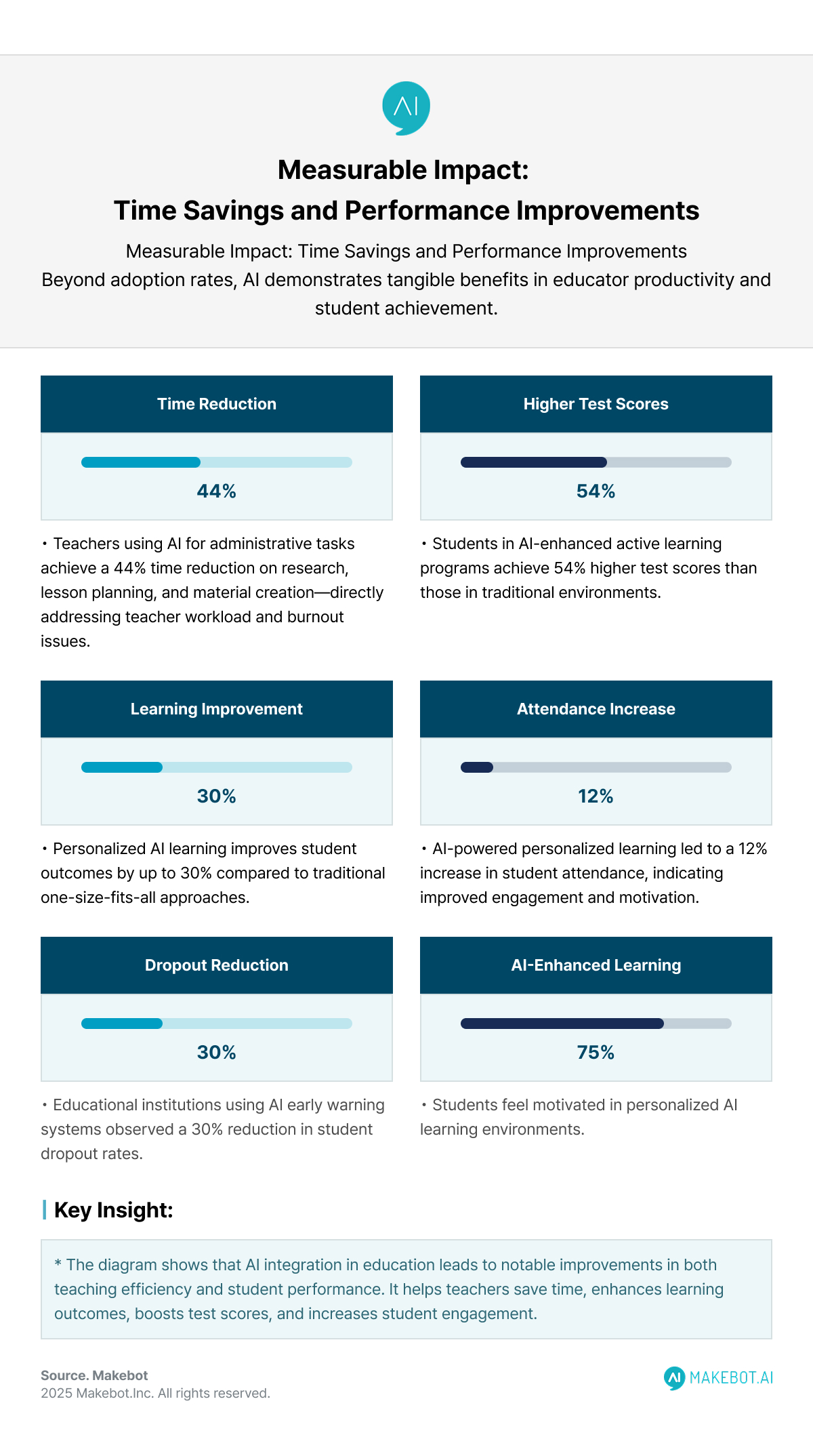
Bridging the Home-School Gap
One of Generative AI's most promising applications addresses a persistent challenge: meaningful parent engagement. Research consistently shows that involved parents lead to better student attendance, behavior, and academic outcomes. Yet 60% of parents with children in grades K–8 face challenges assisting with homework, with 25% feeling too busy to provide needed support.
AI-Powered Family Engagement
Mesquite Independent School District in Texas pioneered an innovative solution through their AYO platform, which uses Generative AI to create personalized family engagement opportunities. The system:
- Analyzes multiple data points—grades, test scores, extracurricular participation, student interests
- Generates actionable engagement suggestions tailored to each family
- Recommends relevant local events, certification courses, books, and videos
- Enables teachers to efficiently craft personalized communications that reference specific student achievements and needs
"Our goal is to have families on campus with us as much as possible," explains Cara Jackson, Mesquite's CTO. "We want them to engage in the education process. We want to help build a greater understanding of the education process that their children are engaging in."
This approach addresses a fundamental problem: generic mass communications get ignored. When messages include specific, actionable information about their own child, parents engage.
Teachers using AYO can "easily include more detailed reports on student performance" and "combine generic communication with real insights," dramatically improving response rates.
The Virtual Learning Advantage
The intersection of Generative AI and Virtual Learning environments creates particularly powerful opportunities. K-12 Online School platforms can leverage AI to:
- Provide 24/7 Learning Support: AI tutors available around the clock help students in different time zones or with varying schedules
- Scale Personalization: Online platforms can individualize learning pathways for thousands of students simultaneously
- Enhance Accessibility: Text-to-speech, translation, and content simplification features support diverse learners. In fact, 75% of students feel more motivated in personalized AI learning environments compared to 30% in traditional classrooms.
- Track Engagement: AI analytics identify students who may be struggling or disengaging before problems escalate. Schools implementing AI-powered personalized learning observed a 12% increase in student attendance, while educational institutions implementing AI early warning systems observed a 30% reduction in student dropout rates.
Oregon's Department of Education guidance notes that Generative AI can "streamline content and therefore scaffold learning materials" for students with disabilities, while providing multilingual support that ensures language diversity doesn't hinder learning opportunities.
AI Chatbots in University Learning: Insights from Studies. Read here!
Navigating Critical Important Challenges and Solutions
Despite tremendous promise, AI in Education raises legitimate concerns that educators and policymakers must address thoughtfully.
Equity and Access
The digital divide threatens to widen if AI adoption proceeds unevenly. Rural schools often lack reliable internet infrastructure, while under-resourced districts may struggle to afford premium AI tools. Idaho's predominantly rural teacher population highlighted technology access as a significant barrier, with 10% citing insufficient infrastructure, programs, or AI-empowered educational resources.
Creating equitable access requires:
- Infrastructure investment in broadband connectivity and devices
- Affordable or free AI tools specifically designed for educational use
- Professional development ensuring all teachers, not just early adopters, can effectively leverage AI
- Multilingual interfaces that serve diverse student populations
Data Privacy and Security
Student data protection is paramount. Federal laws including FERPA (Family Educational Rights and Privacy Act), COPPA (Children's Online Privacy Protection Act), and state regulations like Oregon's OSIPA (Student Information Protection Act) establish strict requirements for how student information can be collected, stored, and used.
Generative AI platforms often train their models on user inputs, meaning questions and information entered could be incorporated into the system's knowledge base. Schools must:
- Carefully review AI vendors' privacy policies and data handling practices
- Ensure compliance with age restrictions (many platforms prohibit use by children under 13 without parental consent)
- Implement "humans in the loop" protocols requiring educator oversight of AI-generated content
- Educate students and families about safe AI usage practices
As of September 2024, only 24 U.S. state departments of education had published AI guidance for K-12 schools, leaving many districts to navigate these complex issues independently.
Bias and Accuracy
Large Language Models reflect the biases present in their training data, which predominantly comes from internet sources. This creates several risks:
- Cultural bias: AI may privilege certain language variations, perspectives, or cultural contexts while marginalizing others
- Historical bias: Systemic inequities embedded in training data can be perpetuated in AI outputs
- Factual inaccuracy: AI sometimes generates plausible-sounding but incorrect information, called "hallucinations"
- Lack of context: Without cultural knowledge and lived experience, AI can misinterpret prompts or provide tone-deaf responses
Addressing these concerns requires robust AI literacy education. Students must learn to:
- Verify AI-generated information through credible sources
- Recognize potential biases in AI responses
- Use lateral reading and fact-checking skills
- Understand AI as a starting point for inquiry, not an authoritative source
California's Department of Education emphasizes that "developing artificial intelligence in K-12 schools... may act as a powerful means to address systemic bias and expand access for traditionally marginalized groups in computer science, technology and STEM fields" when implemented with explicit focus on diversity and inclusion.
Academic Integrity
Concerns about plagiarism and cheating dominated early AI in Education discussions. Effective strategies include:
- Transparent policies clarifying when and how AI can be used in assignments
- Process-focused assessment emphasizing drafts, revisions, and documentation of thinking
- Authentic tasks requiring application of knowledge, not just information retrieval
- Oral presentations and demonstrations that reveal depth of understanding
- AI literacy instruction teaching students about proper attribution and ethical use
The International Baccalaureate organization exemplifies this approach, choosing to "support their students on how to use these tools ethically in line with our principles of academic integrity" rather than implementing blanket bans.
Maintaining Human Connection
Perhaps the most fundamental concern is preserving the irreplaceable human elements of education. As one Idaho teacher articulated: "Human interaction is the core of education."
Generative AI should augment rather than replace teacher-student relationships. The most effective implementations position AI as an "electric bike"—the human remains fully aware and in control, but their effort is multiplied—rather than a "robot vacuum" that operates independently.
Educational psychologists studying AI integration emphasize that:
- Social and emotional learning cannot be delegated to algorithms
- Teacher judgment remains essential for interpreting student needs and contexts
- Face-to-face interactions build trust that technology cannot replicate
- Students benefit from seeing adults model critical thinking, empathy, and problem-solving
Forward-Looking Perspectives
The trajectory of Generative AI in K-12 Education points toward increasingly sophisticated applications:
Near-Term Developments (2025-2027)
- AI-powered adaptive learning platforms will become mainstream, adjusting in real-time to student performance
- Multimodal AI combining text, images, video, and interactive elements will create immersive learning experiences
- Improved AI tutors will provide more nuanced, context-aware support approaching human-level interaction
- Automated curriculum development will help teachers create and update materials aligned with evolving standards
Medium-Term Transformation (2027-2030)
- Virtual reality integration with AI will enable students to explore historical events, conduct virtual laboratory experiments, and visit simulated environments
- Predictive analytics will identify struggling students earlier, enabling proactive interventions
- Blockchain academic records will provide secure, portable student credentials
- AI assessment tools will evaluate complex skills like creativity, critical thinking, and collaboration
The Asia-Pacific region shows the fastest AI education market growth at 48% compound annual growth rate, driven by large, rapidly expanding populations with growing educational needs and cultural attitudes that highly value educational achievement.
Long-Term Vision (Beyond 2030)
Educational psychologists envision AI fundamentally restructuring teaching roles. Rather than primarily delivering content, teachers may become facilitators and relationship-builders, with AI handling much routine instruction. This shift would allow educators to focus on what machines cannot replicate: mentorship, emotional support, ethical guidance, and fostering human connection.
However, realizing this vision requires addressing current challenges around equity, privacy, and pedagogy.
As AI researcher Ethan Mollick advises, educators should "partner with AI as co-intelligence, be the human in the loop, treat AI as a co-worker, albeit one that needs to be prodded for evidence, and learn to use it well."
Showcasing Korea’s AI Innovation: Makebot’s HybridRAG Framework Presented at SIGIR 2025 in Italy. More here!
A Balanced Path Forward
Generative AI and Large Language Models hold great promise for transforming K-12 education, but they are no cure-all. True progress requires thoughtful integration—supporting teachers, protecting data, and ensuring equity. The most effective programs emphasize human oversight, transparent policies, teacher training, and continuous evaluation.
In both traditional and online classrooms, the question is no longer whether to use AI in Education, but how to do so responsibly and ethically. As one education leader noted, AI can “give time back to teachers,” letting them focus on relationships technology can’t replace.
With over 70% of teachers and 65% of students supporting AI use in schools, the path forward is clear: adopt AI as a tool that enhances—not replaces—the irreplaceable human heart of learning.
Makebot’s Smart Path Forward
Makebot empowers schools and institutions to harness Generative AI responsibly and effectively. Beyond delivering technology, we build education-ready Large Language Model (LLM) agents that personalize learning, automate repetitive workflows, and enhance engagement between teachers, students, and parents. From AI-powered tutoring to administrative automation, our solutions help educators focus on what matters most—teaching and human connection.
With Makebot, AI moves from experiment to impact. Our HybridRAG technology, presented at SIGIR 2025, delivers up to 26.6% higher accuracy and 90% cost reduction, proving that innovation and efficiency can go hand in hand. Trusted by over 1,000 organizations worldwide, Makebot bridges the gap between potential and performance—helping schools, businesses, and governments lead the next chapter of AI-powered education.
👉 Start your AI journey today: www.makebot.ai
📩 Contact us at b2b@makebot.ai to discuss how we can help you lead the AI shift.

Studies Reveal Generative AI Enhances Physician-Patient Communication



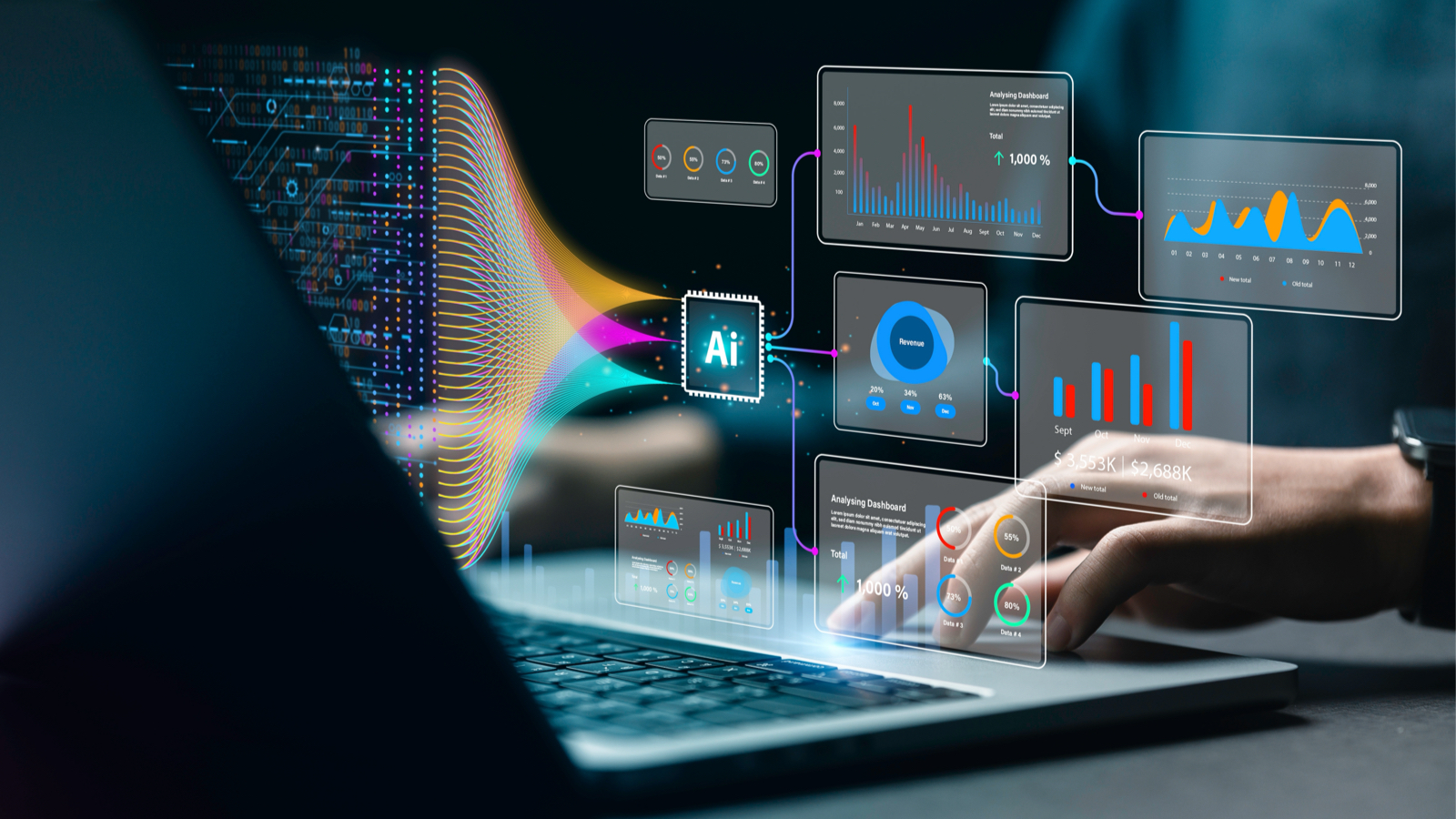






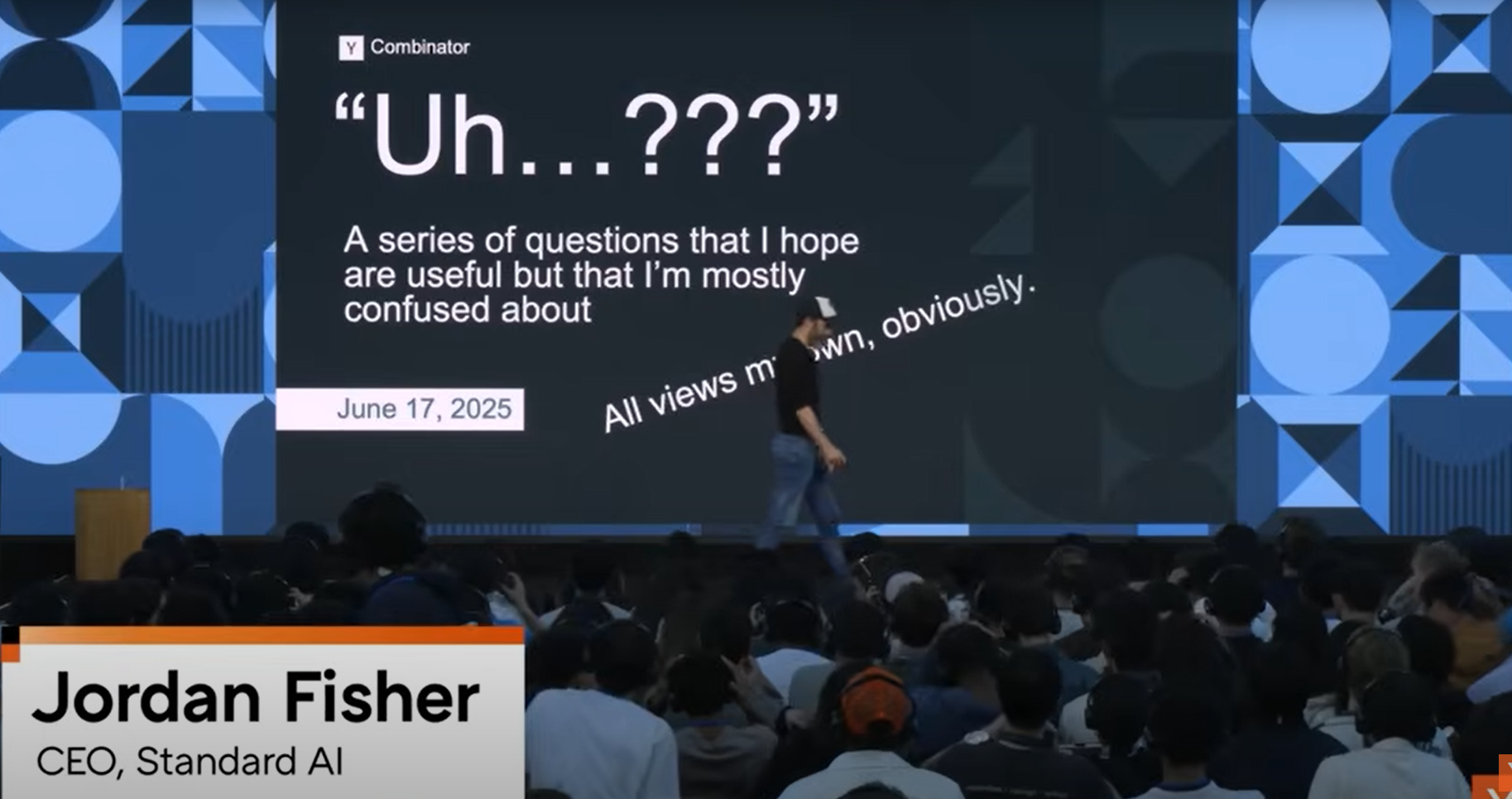









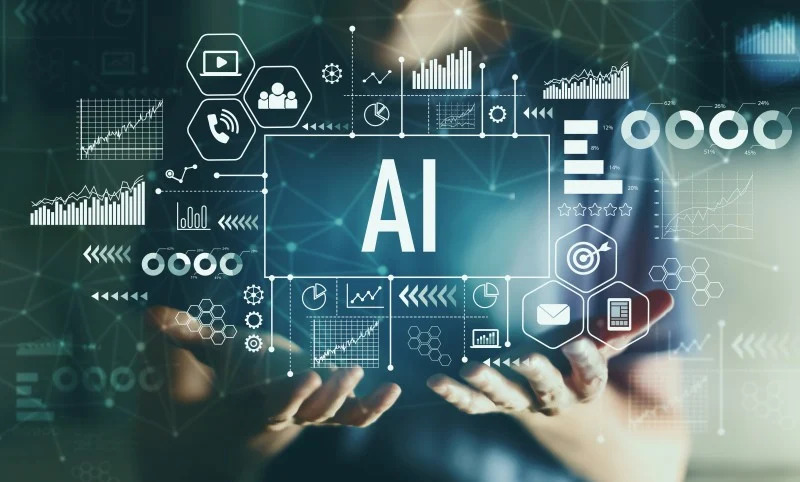









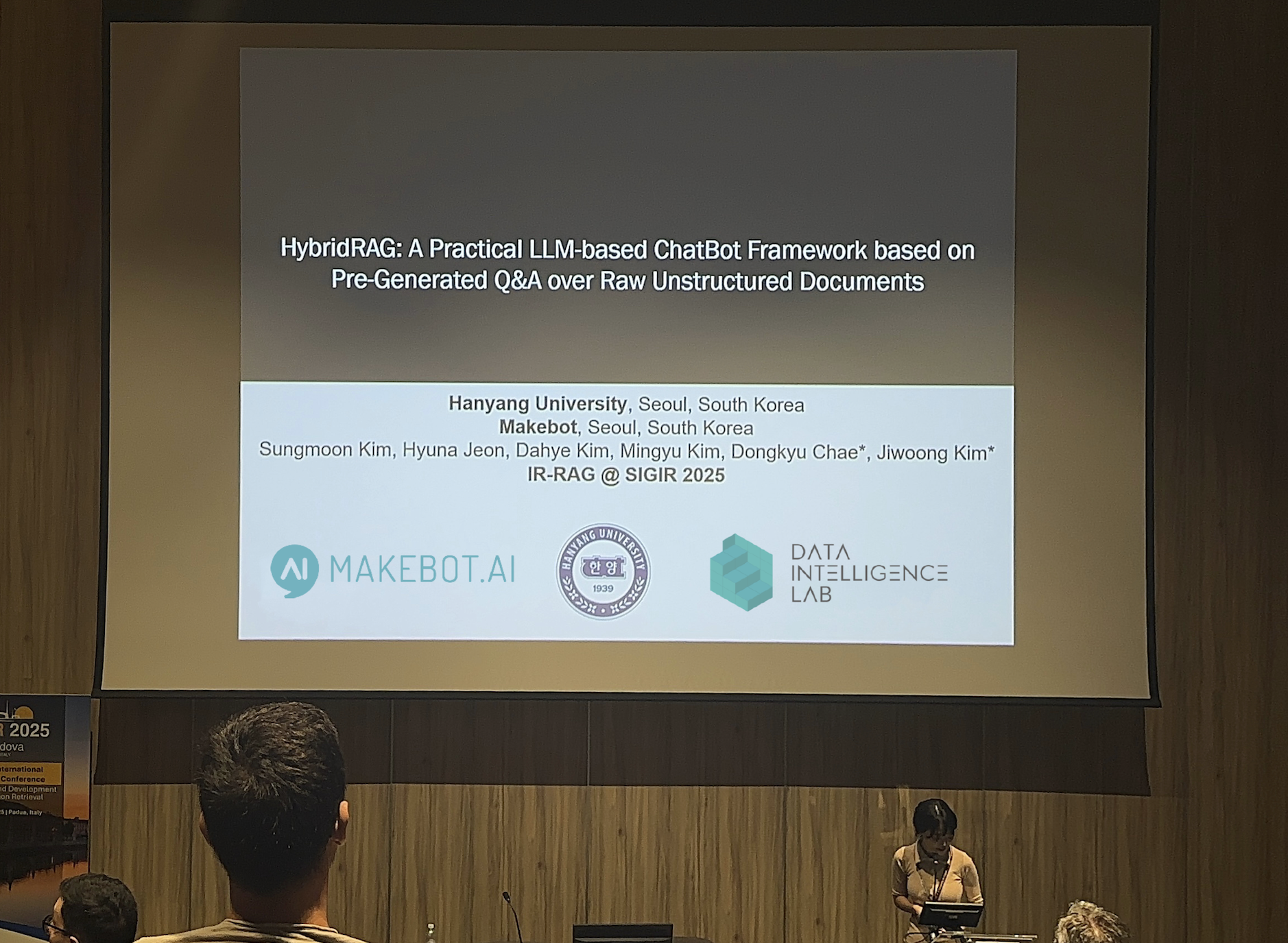









_2.png)












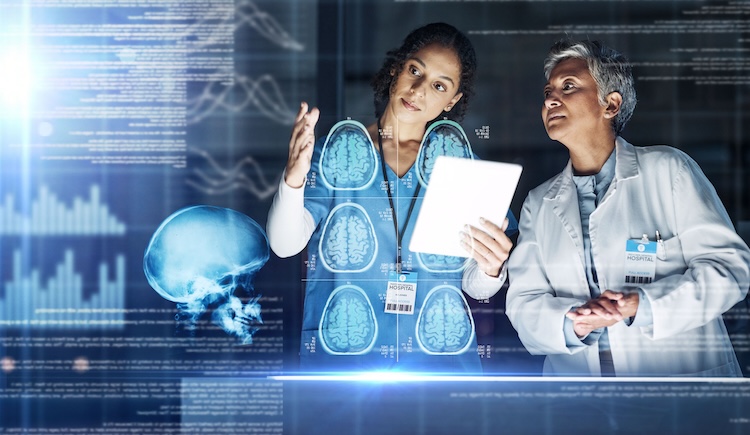





.jpg)













